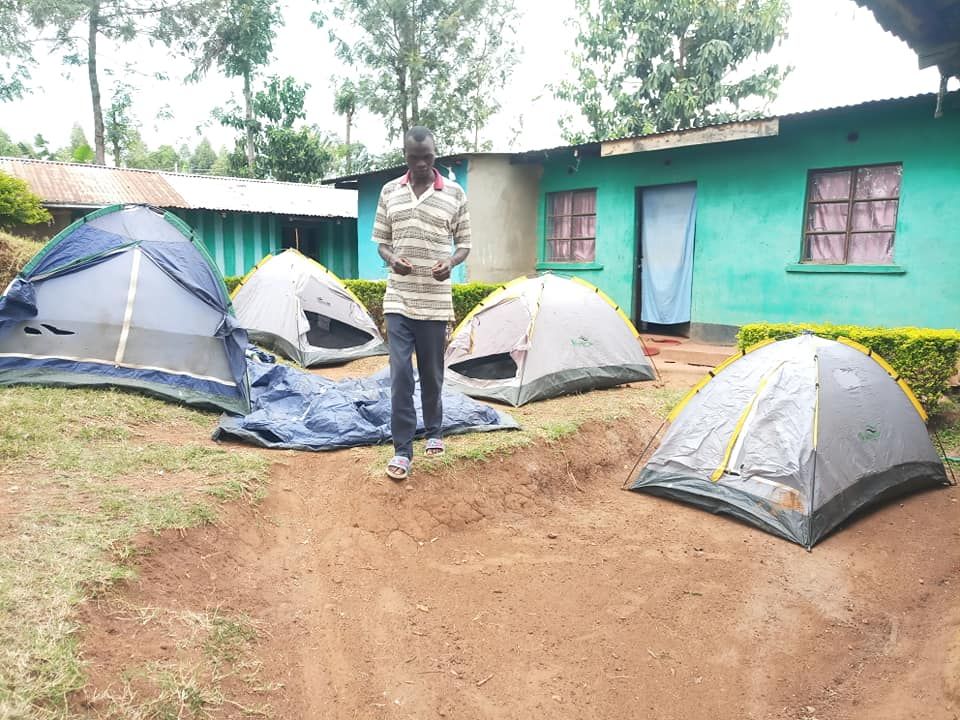
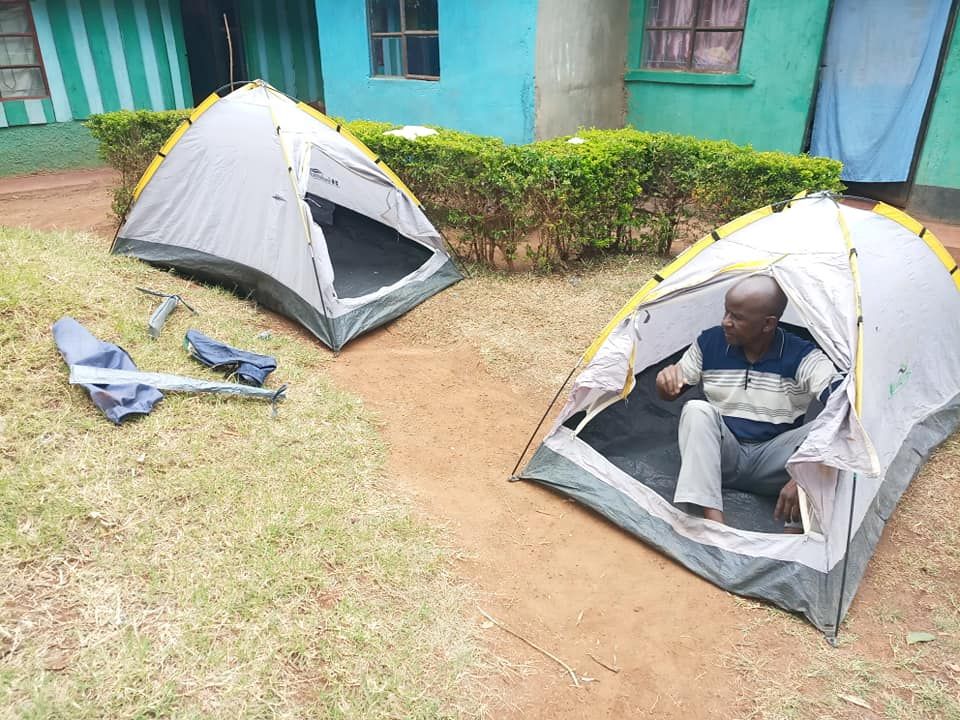

In the second episode of this campaign am saying that Africans can only truly understand this, if they are exposed to content underlining the importance of biodiversity and conservation frequently.
It is no secret that television programmes, newspaper articles and social media determine what we talk about in our homes, workplaces and local eateries. We are what we watch and read.
This is why it is high time both mojo live streaming and the media, traditional and social-steps up to their role of setting the agenda and turns its focus to what really matters, the environment. The people who have the ability to reach millions of Africans on a daily basis and shape the narratives in the African households also wield the power to ensure that wildlife thrives in modern Africa.
I know that this content exists, but we need to see more of it. If Africans begin to see more content on nature and wildlife, the conversation will definitely begin to change. Especially if other Africans, who are equally invested in the wellbeing and the development of the continent, tell them conservation is important.
Today, young Africans, who stand to lose the most as a result of nature’s destruction, dominate the media both social and traditional on the continent. We are members of the most educated generation Africa has ever had. We travelled more than our parents ever did and the internet has opened the world to us in ways that previous generations could not even dream of. We are innovative, technologically savvy, and even braver than the generations that liberated us from colonialism.
To be continued next week…..
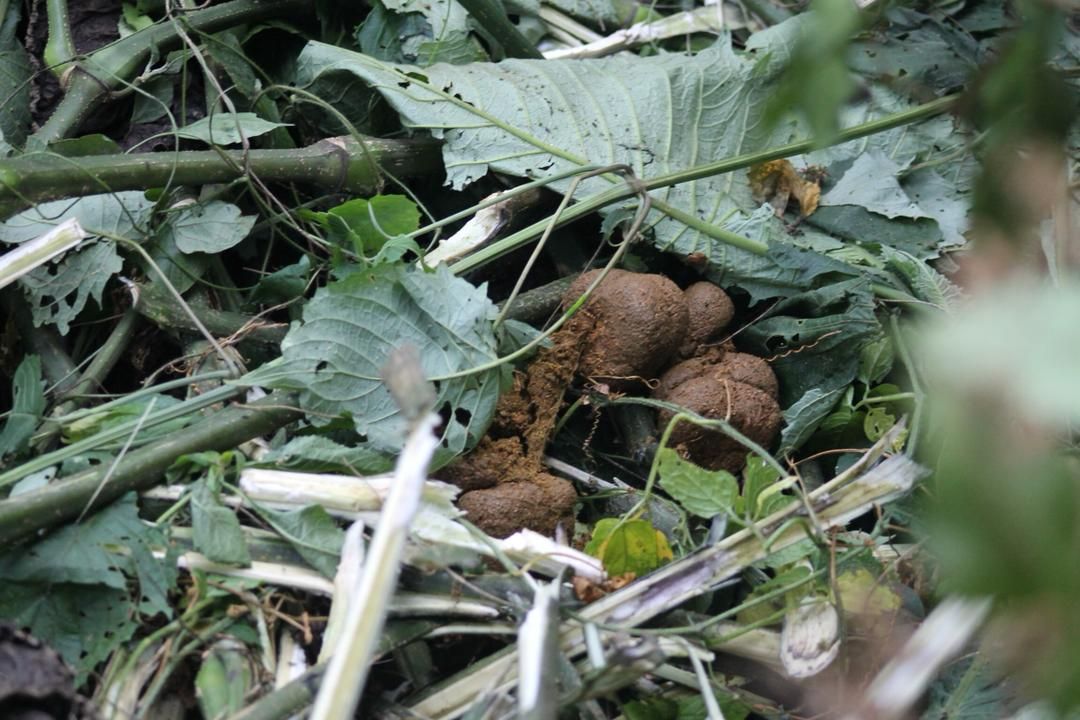
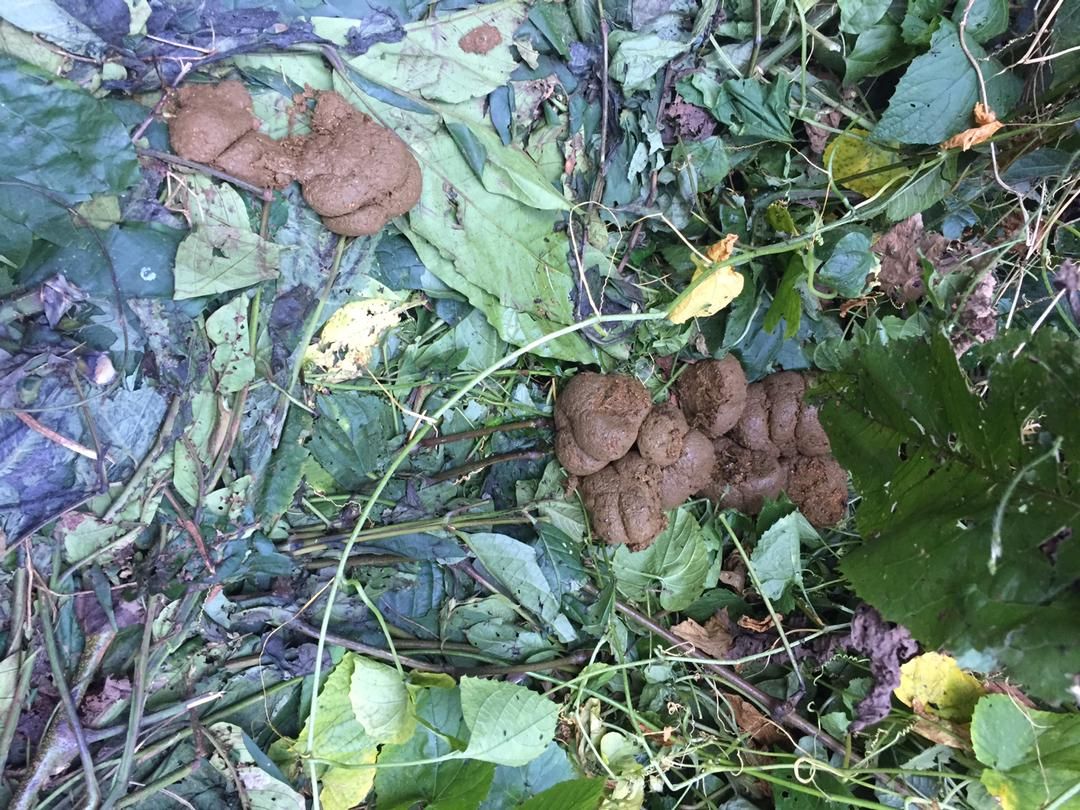
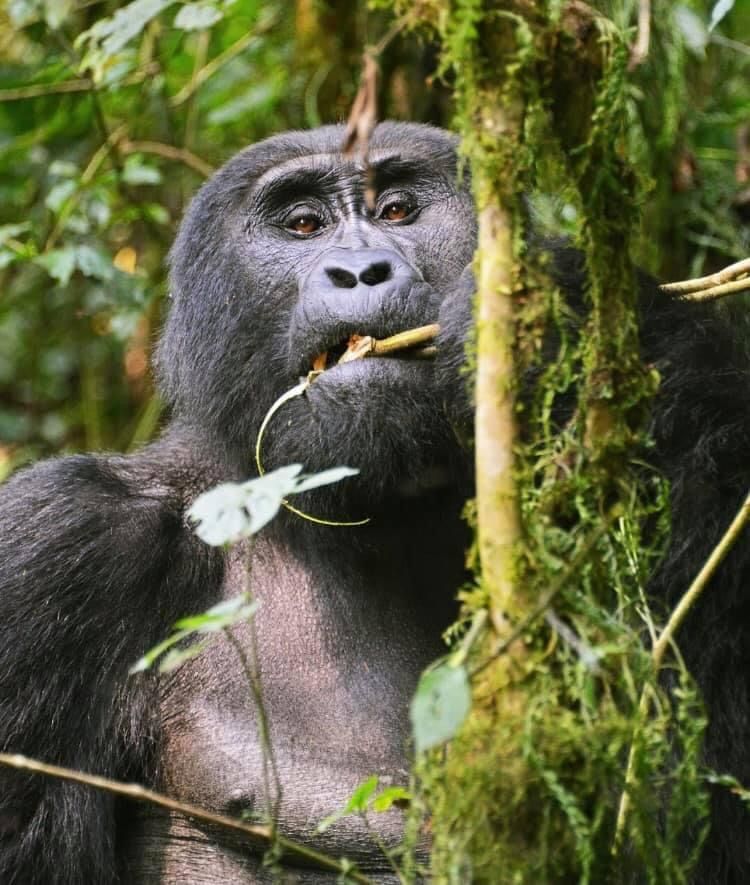
Sending you lovely greetings from the land of mountain
Gorillas and the Pearl of Africa. Following our interaction last week, I come
here again with some facts about mountain Gorillas, which I have learnt throughout.
Truly I first encountered them, when I was 5 years old,
since then my experience and love for them has been interesting
. Gorillas are ground-dwelling, predominantly herbivorous
great apes that inhabit the tropical forests of central Sub-Saharan Africa. The
Gorilla genus is divided into two species the eastern gorillas and the western
gorillas, and either four or five subspecies. They are the largest remaining
primates (Apes) on earth.
As our main focus is on Mountain gorillas, mountain gorillas
only live in the dense vegetation of Uganda's Bwindi Impenetrable Forest
National Park and along the dormant volcanic Virunga Mountain range that
stretches across Rwanda's Volcanoes National Park, Uganda's Mgahinga Gorilla
National Park, and Virunga National Park in the Democratic Republic of the Congo.
Amongst
the questions was, what’s
threatening the live of a gorilla and will they be extinct?
One of the main reason’s gorillas are going extinct is
habitat loss, forests where gorillas have lived for many years are being
destroyed for agricultural use, commercial logging and many other activities,
this leaves gorillas in hard conditions as they can hardly live elsewhere
except in their Natural habitats
One
other burning and lovely question was, how strong are mountain Gorillas?
Now, I want to make one thing clear. No one really knows how
strong a gorilla is. They haven’t competed in strong man (ape) competitions.
And no one has fought a gorilla against a buffalo, hippo or even a bear
(thankfully). This post is a combination of facts and conjecture.
Another
interesting question was, do gorillas talk?
Just like in humans, gorilla communication can occur through
a variety of methods body postures, facial expressions, vocalizations. Mountain
Gorillas use a variety of behaviors and vocalizations to communicate dominance
Another
one was, what do
Gorillas eat?
Mountain Gorillas stick to a mainly vegetarian diet, feeding
on stems, bamboo shoots and fruits. Western lowland gorillas, however, also
have an appetite for termites and ants, and break open termite nests to eat the
larvae.
And the
main deal of this article was, where do mountain gorillas sleep?
Mountain Gorillas build nests in which to sleep, both on the
ground and in trees, made of leaves and branches. Counting abandoned nests is
an effective way for scientists to estimate population size. As you will see
the photos bellow.
And of
course, like many conservationists. Another question was who scares the gentle
giants?
mountain gorillas like other primates and humans are scared
of water and some insects like caterpillars and reptiles like Chameleon.
Gorillas like other apes including humans find it hard to swim naturally which
prompts them to desist from expanse water masses (big water bodies) like Lakes
and Rivers. And part from humans,
gorillas don't really have enemies. The only predator to prey on gorillas is
the leopard. Walter Baumgärtel found the remains of several gorillas after they
had been killed by leopards in the Virunga Volcanoes.
Amongst
other questions was, how can one help to save these gentle Giants?
One of the most effective ways to help mountain gorillas
survive, is to donate money to organizations working on the ground to conserve
the species. Numerous organizations including Over and Above Bwindi (OAB) under
Interior safaris East Africa have
spent decades finding effective methods for protecting mountain gorillas, and
most rely on grants and donations to fund our work through these activities, you
would have surely saved a gorilla.
Trekking or tracking the gorillas.
Creating awareness.
Avoid trekking gorillas when you're ill.
Making direct Donations.
Support the local communities.
Follow rules and regulations.
Engage in other activities.
Toronto, April 4th 2004 – Toronto based MojoStreaming, a leading platform for impactful storytelling and urgent wildlife issues, today draws international attention to a critical wildlife conservation
emergency unfolding in South Africa. Within the next week, an innocent herd of
40 elephants, including vulnerable calves, faces the threat of imminent
slaughter unless immediate intervention occurs. This potential tragedy
highlights the broader, ongoing crisis of elephant culling practices in Africa,
threatening the survival of these majestic creatures classified as endangered
species.
In an urgent cry for help and to spark a global
public awareness campaign, MojoStreaming urges individuals, organizations, and
governments worldwide to take immediate action to prevent the senseless killing
of these 40 elephants from the Mawana Game reserve in Northern Natal. This
situation is not isolated; it symbolizes a much larger emergency affecting
thousands of elephants across the continent, where culling has become a
contentious method of population control.
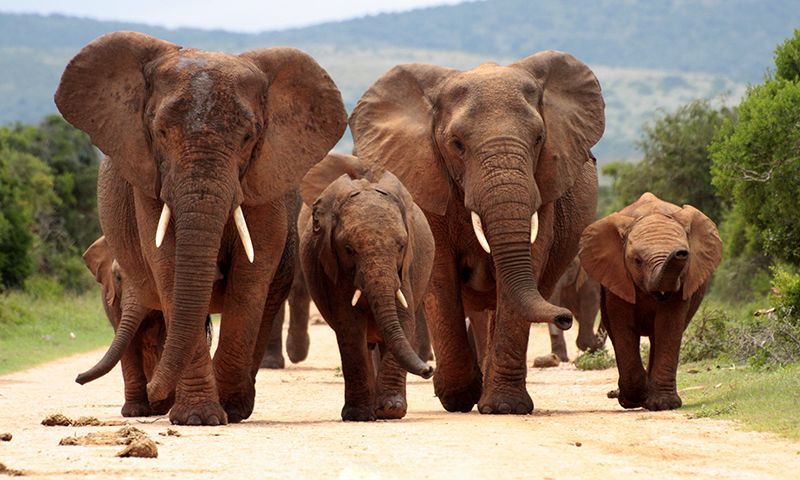
Elephants, known for their intelligence, complex
social structures, and significant ecological impact, are increasingly finding
themselves in conflict with human interests. While the challenges of
cohabitation between humans and elephants in areas of dense population are
acknowledged, MojoStreaming emphasizes that culling is not the answer.
There are humane and effective alternatives to
managing elephant populations that do not involve slaughter, such as
translocation and the creation of wildlife corridors to allow safe migration.
MojoStreaming calls on its global audience,
conservationists, policymakers, and the international community to rally
together in defense of these 40 elephants and the thousands more at risk. This
is a pivotal moment to advocate for sustainable wildlife management practices
that respect the intrinsic value of all life forms and ensure the survival of
one of the planet's most iconic species.
As part of this urgent awareness campaign, MojoStreaming
will be hosting a series of special programming, interviews with wildlife
experts and all stakeholders in the Mawana saga, as well as exclusive content
focusing on the plight of Africa's elephants and the conservation efforts
underway to protect them. Viewers will gain insight into the complex issues
surrounding elephant conservation and learn how they can contribute to making a
difference.
The imminent threat to these 40 elephants is a
wake-up call to the world about the broader crisis facing Africa's elephant
populations. It's time for a collective, global response to end the senseless
culling of endangered species and to work together towards solutions that allow
humans and wildlife to coexist in harmony.
For more information on how you can help and to
learn more about the conservation efforts, please visit www.mojostreaming.com.
MojoStreaming President Bernard van Speyk is
initiating an effort to bring all the Mawana interest groups together to hammer
out a solution where community safety issues are implemented firstly, and then
alternative non-lethal methods are used to assist the well being of the herd.
Together, we can make a difference. Together, we
can save these elephants from slaughter and work towards a future where human
actions contribute to the preservation, not the destruction, of our planet's
wildlife.
About MojoStreaming
MojoStreaming is a global platform dedicated to
bringing the world's most pressing social, environmental, and political issues
to the forefront through powerful storytelling and documentary filmmaking.
Committed to making a difference, MojoStreaming provides a voice to the
voiceless and shines a light on the stories that matter.
For more information, contact:
Bernard Van Speyk
Founder & President
MojoStreaming Ltd.
[Contact Information]
bernard@mojostreaming.com
+1 416 788 0144